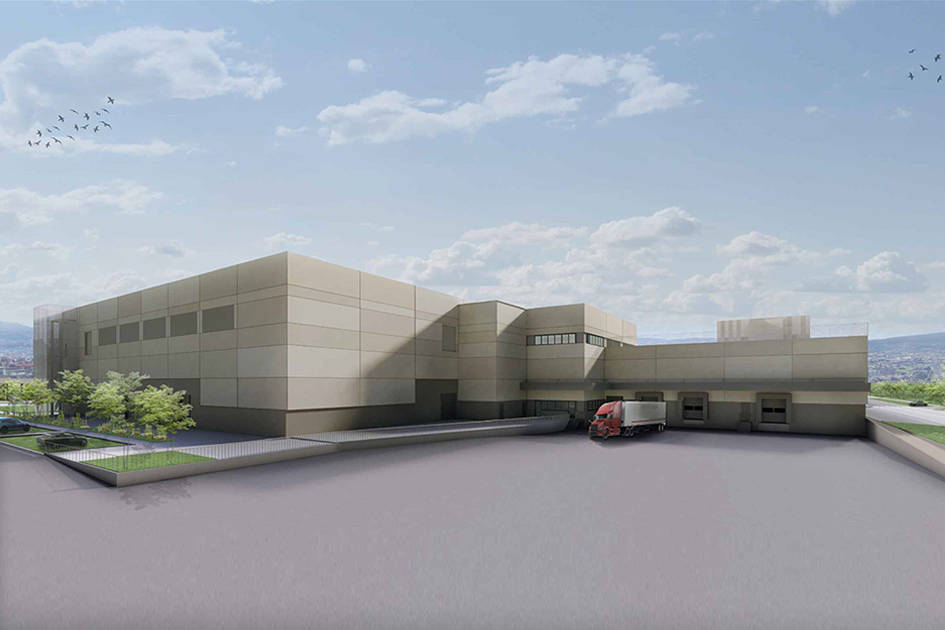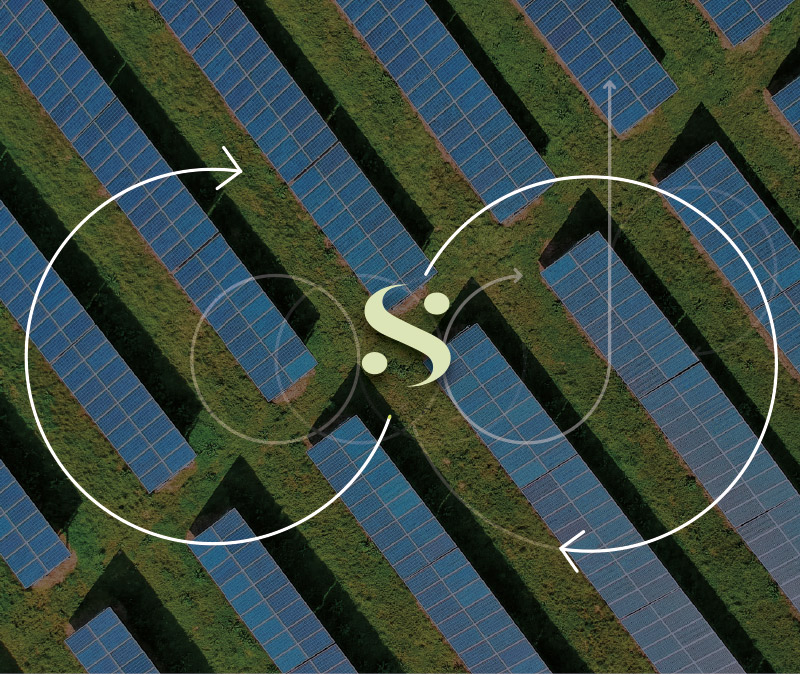Energy efficiency first is a guiding principle widely used in EU policies concerning environment and sustainability as its application may contemporary guarantee lower primary energy consumption, less energy distribution losses, reduced operational costs and decarbonization.
First, it is worth underlining what energy efficiency means. According to the EN ISO 50001:2018, energy efficiency may be defined as the ratio between an output (of performance or energy, etc.) and an input of energy. Then, the efficiency can be increased by reducing the input, increasing the output, or applying a combination of the two.
Such a concept is clear when related to machines as the energy efficiency coincides (more or less) with the engine efficiency. The latter determines the difference between input and output values.
Regarding manufacturing plants, the complexity of achieving energy efficiency increases. This is because both personnel behaviors and equipment operations can impact the plant’s energy efficiency and often, the energy consumption is not accurately aligned with actual needs.
Such an aspect may be due to insufficient metering and control systems, and consequently, operations cannot instantaneously follow energy use requirements. Moreover, manually controlled activities are hardly reproducible, and the related consumption is usually not computed. Another cause may be the oversizing of plants, machinery, and user requirements.
It should be noted that in the case of energy production systems powered by fossil fuels, increased energy efficiency promotes a reduction in CO2 emissions into the atmosphere.
From theory to practice, we report the strategy adopted to improve the energy efficiency in a green-field project related to a sterile drugs facility.
Three main measures were applied: the building envelope insulation improvement, the hot water production through a heat recovery chiller and the supply air flow rate in classified areas.
In detail, the first measure regards the building envelope insulation enhancement. The local regulation reports minimum requirements for thermal transmittance in new or renovated buildings, but they are not mandatory for manufacturing plants. However, such values are used as references in the design. This choice leads to a decrease in yearly consumption of 3% for electricity and 12% for natural gas.
The second energy efficiency improvement measure regards the heat recovery from a chiller to generate hot water feeding HVAC systems instead of installing a dedicated natural gas boiler. The benefit of this design choice is a relevant decrease in natural gas consumption, i.e.: -54% yearly. On the other hand, the heat recovery from the chiller entails a 7% increase in electricity consumption. Even if the two effects are opposed, the overall benefit is clear in terms of energy saving and, in this case, even decarbonization.
Finally, supply air flow rate decrease in classified areas is shown. This measure is composed of two different ones: the reduction during the manufacturing operations (in-operation periods) and the further attenuation in the at-rest periods.
In detail, during the design, the generally adopted method of imposing predetermined values of Air Change per Hour (ACH), based on experience and empirical considerations, is replaced by accurate calculations of required supply air flow rates and ventilation effectiveness for each area. The latter are evaluated through computational fluid dynamics (CFD) analyses for the most complex spaces and configurations.
Then, the air flow rate reduction and attenuation result as a consequence of the adopted method and do not implicate any safety or GMP risk. Such a measure determines multiple benefits: it entails not only the decrease of ventilation energy but also the reduction of energy consumption for cooling and heating since the treated air volume lowers. The energy saving per year due to this design choice accounts for 8% of the overall electricity consumption.
In summary, the reported energy efficiency improvement measures lead to a remarkable reduction in natural gas consumption and an additional decrease in used electricity. As a result, the overall saving of 32% of the annual energy consumption is obtained.
Articoli correlati
July 17, 2025
Designing with Computational Fluid Dynamics (CFD)
For over ten years, Techniconsult has been incorporating Computational Fluid…
June 7, 2024
Circular Strategies in the Life Science Industry
Circularity and life cycle assessment are foundational pillars of…
September 28, 2023
The contribution of CFD simulation to sustainability in the pharmaceutical industry
Computational fluid dynamics (CFD) simulation has emerged as a powerful tool...





